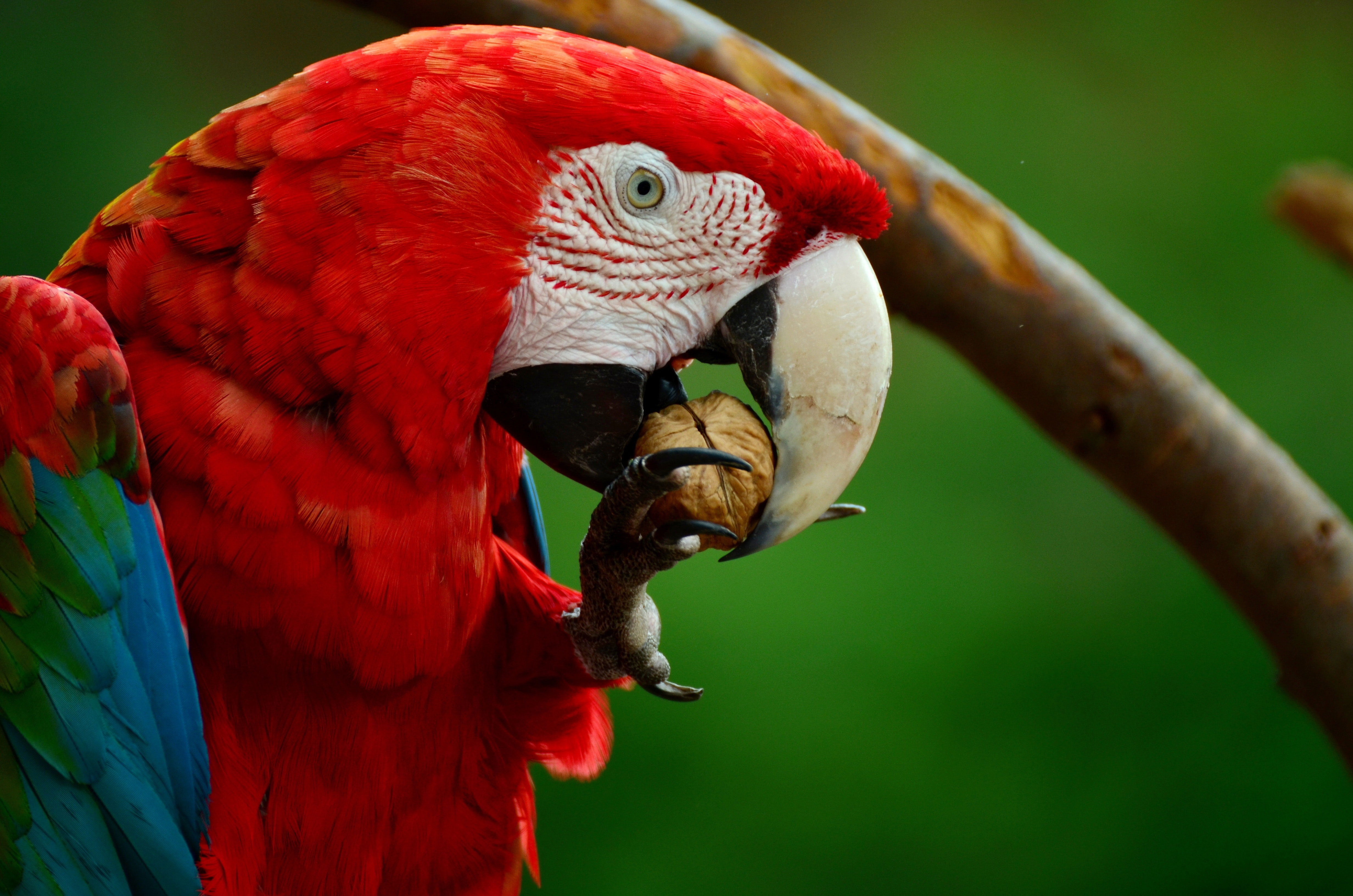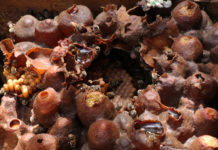Fr om steamy lowland jungle and lush cloud forests to rich coastal mangroves and underwater oases, Latin America is home to a cornucopia of diverse plants and animal species. This verdant region, however, is being plundered of its rich wildlife.
om steamy lowland jungle and lush cloud forests to rich coastal mangroves and underwater oases, Latin America is home to a cornucopia of diverse plants and animal species. This verdant region, however, is being plundered of its rich wildlife.
With rampant corruption, poor enforcement, and a high number of endemic and endangered species, the illegal wildlife trafficking business is booming in Latin America.
Catering to consumers’ taste for exotic pets, purses and meat, traffickers are smuggling billions of dollars’ worth of wildlife and animal products – including bird feathers, crocodile shoes, caiman purses, and turtle eggs – from Latin America into the U.S. Some of the products are sold to consumers in the U.S., others are just transiting through to other countries.
Furry and feathered friends
As one of the world’s largest consumers of illegal wildlife products, the U.S. is a key actor in the global wildlife trade, accounting for some $6 billion of legal and $2 billion of illegal wildlife trade annually. A majority of the contraband flowing into the county is coming from the country’s neighbours in the south: the Caribbean, Mexico, and Central and South America.
In the global fight to curb the illegal wildlife trade, the Americas are often overlooked. The U.S.-based NGO Defenders of Wildlife, however, has turned its attention to the trafficking of illegal wildlife products from Latin America into U.S. ports in a new report published in October.
In order to identify trends in illegal wildlife imports from Latin America to the U.S., Defenders of Wildlife analysed data of wildlife seizures at ports of entry obtained from the Fish and Wildlife Service’s Law Enforcement Management Information System (LEMIS) database.
Seized shipments
The report looked at seized shipments of species listed under The Convention on International Trade in Endangered Species of Wild Fauna and Flora (CITIES), the Endangered Species Act (ESA), the Migratory Bird Treaty Act, the Wild Brid Conservation Act, and the Marine Mammal Protection Act, from January 2004 to December 2013.
In total, 4,056 individual shipments from Latin America were seized at U.S. ports between 2004 and 2013. For the purposes of analyses, the report breaks down shipments into segments if the contents of the shipment come from more than one species or the product type varies.
The report found that the top three countries of export, by shipment, were Mexico, Haiti and El Salvador respectively, with an enormous 48.1 percent of all shipments seized exported from Mexico. The top three ports of entry, by shipment, were El Paso, Texas; Miami, Florida; and Houston Texas. The top three most common trade routes were Mexico to El Paso, Texas; Haiti to Miami, Florida; and Mexico to San Diego, California.
The commonly seized wildlife products – dead, alive, or in product form – were queen conch, sea turtle, caiman, crocodile and iguana.
Of particular concern for the report’s authors was the fact that 20 percent of all segments seized contained species listed under Appendix I of CITES. These species are banned from being commercial shipped or traded. Furthermore, one in five segments contained internationally endangered species or items derived from these species.
The report reveals that due to lack of resources and staff, the U.S. Fish and Wildlife Service is not adequately equipped to address this growing problem. It also provides recommendations for federal government, the private business sector and the public to address the crisis.
Combating wildlife trafficking in this country requires a multifaceted approach: we need to educate consumers in order to eliminate the demand for illegal wildlife and wildlife products in the United States, make sure our ports of entry have adequate wildlife law enforcement capacity for the detection and deterrence of illegal shipments at our borders and treat wildlife trafficking as a serious crime. If we can’t fight the illegal wildlife trade on these fronts, we’ll not be able to stop the flow of threatened and endangered wildlife goods into the United States from Latin America and the rest of the world. It is particularly important to educate consumers about the devastating impact of their purchases since if we can curtail and eliminate market demand, we will eliminate the financial incentive for poaching and smuggling. The time to act is now, said Defenders of Wildlife President and CEO Jamie Rappaport Clark in a press statement.
Generally, however, data from within Latin America is scant.
The report determined that nearly 50 percent of the contraband was exported from Mexico, but it was unable confirm exactly how many of the animals or products were from Mexico, or how many and from where the wildlife originated. They speculated that as many as 73 of the 919 seized shipments from Mexico could have originated in another country.
Comprehensive data on the illegal wildlife trade from Central and South America is extremely incomplete, and this lack of reliable data poses a significant barrier to combating the theft and sale of wildlife in the Americas.
Source: Latin Correspondent (Archived)





